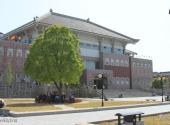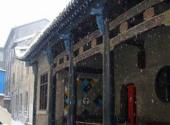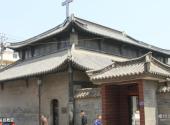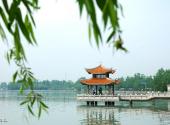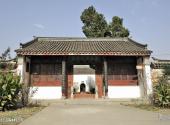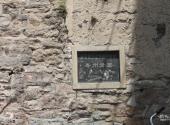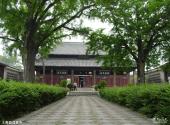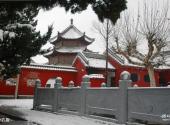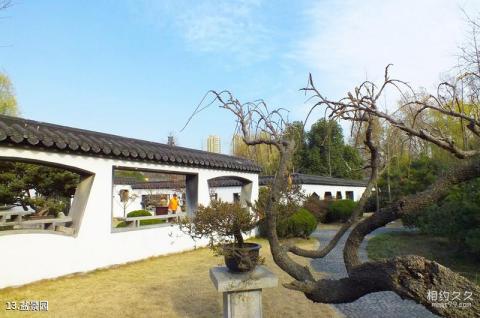
Scenic spot introduction:
Shou County is located on the south bank of the middle reaches of the Huai River, backed by Bagua Mountain and beside the Huai and Pi Rivers. It was called Shouchun, Shouyang, and Shouzhou in ancient times. Since the capital was moved here in the 22nd year of King Kaolie of Chu (241 BC), it has been the seat of state, prefecture, circuit, and county many times. It is the hometown of Chu culture, the birthplace of Chinese tofu, and the ancient battlefield of the "Battle of Feishui".The ancient city of Shou County has a splendid culture, numerous scenic spots and cultural relics. Up to now, there are more than 10 buildings from the Tang, Song, Ming and Qing dynasties, more than 80 ancient tombs and 29 ancient sites preserved. Among them, there are 3 national key cultural relics protection units and 7 provincial cultural relics protection units. The county museum has a collection of more than 160 national first-class cultural relics and more than 2,000 second- and third-class cultural relics. It is known as the "underground museum".
Attractions distribution:
Shou County is located in the central part of Anhui Province, on the south bank of the middle reaches of the Huai River. It is close to Bagua Mountain and beside the Huai and Pi Rivers. It was called Shouchun, Shouyang, and Shouzhou in ancient times. Since the capital was moved here in the 22nd year of King Kaolie of Chu (241 BC), it has been the seat of state, prefecture, circuit, and county many times. It is the hometown of Chu culture, the birthplace of Chinese tofu, and the ancient battlefield of the "Battle of Feishui".Shou County Ancient City has a splendid culture, magnificent historical sites, and numerous cultural relics. The existing ancient buildings include the Baoen Temple , the ancient city wall from the Jiading period of the Song Dynasty, the academy from the Yuan Dynasty, the largest mosque in East China during the Ming Dynasty, the elegant and solemn Sun Gong Temple etc.; ancient tombs of celebrities are scattered all over the place, mainly including the tomb of Cai Hou, the tomb of the King of Chu, the tomb of the King of Huainan, the tomb of Lian Po, the tomb of Mi Zi, etc.; ancient sites include the ancient Yingdu site, the Anfengcheng site, the ancient battlefield of the Battle of Feishui, etc.; others include Chunshenfang, Shigong Temple, Fighting Cock Terrace, Lü Mengzheng's Cold Kiln, Chen Yucheng's Prison, the Zhuangyuan Mansion, the Huaiwang Danjing, and the Eight Scenic Spots of Shouzhou recorded in the local chronicles as early as the Qing Dynasty, etc., including more than 10 buildings from the Tang, Song, Ming and Qing dynasties, more than 80 ancient tombs, and 29 ancient sites. Shou County has 3 national key cultural relics protection units and 7 provincial cultural relics protection units. The county museum has more than 160 national first-level cultural relics and more than 2,000 second- and third-level cultural relics, and is known as the "underground museum".
Scenic spot qualifications:
National 4A-level scenic spotScenic spot features:
Cultural tours, historic sites tours, ancient town tours, ancient town villagesAttraction Address
Travel Guide
Best time to visit:
All seasons
Tourist Transportation
Scenic spot location:
China > Anhui Province > Huainan City > Shou County
How to get there:
Shouzhou has convenient transportation. It can be reached by car from Hefei, Bozhou, Huainan and other places. The drive from Hefei to Shou County takes about two hours. You can take a tricycle to tour the city.
Scenic area map:
Click to expand the scenic area map
Attraction Tickets
Shou County Ancient City Ticket Price:
Bagongshan Forest Park : 50 yuan/person
Pearl Spring : 10 yuan/person
Ancient city wall: 10 yuan/person
Shou County Museum :free
Scenic area opening hours:
8:00-17:00

